MOSCOW, December 19 The patterns of distribution of chlorophyll-a on the surface of Aniva Bay in the Sea of Okhotsk were revealed by scientists from Sakhalin State University. As the university press service reported, the concentration of this substance in the water area makes it possible to assess the level of carbon absorption and burial, and also serves as an indicator of the state of marine ecosystems.
The researchers clarified that the state of marine ecosystems affects the Earth’s climate and directly depends on the carbon balance on the planet.
«
“Imagine the Sea of Okhotsk as a huge aquarium in which microscopic plants (phytoplankton) act as lungs for the entire marine ecosystem. These microorganisms use chlorophyll-a to convert light energy into chemical energy, during which carbon dioxide (CO2) from water and air is converted into oxygen and nutrients,” said Vladimir Pishchalnik, co-author of the publication, professor at Sakhalin State University (SSU).
University specialists analyzed the spatiotemporal variability of chlorophyll-a concentration in the surface layer of Aniva Bay in the Sea of Okhotsk using methods of ecology, climatology, oceanography and remote sensing.
According to them, the uniqueness of the proposed approach is using satellite monitoring of the water surface with special sensors.
“These imaging systems are able to detect chlorophyll-a by analyzing light reflected from the water surface. The basic concept is that chlorophyll-a and other substances in water have unique light-reflective properties that can be accurately captured and analyzed using these satellite sensors “, Pishchalnik explained.
He added that after the data was collected, computer algorithms were used to analyze the images. This helped not only to determine the levels of chlorophyll-a in different parts of the bay, but also to understand how these levels change depending on the time of year and other conditions.
“Our results allow us to more effectively plan monitoring of the state of the marine ecosystem “For example, identifying seasonal and regional changes in chlorophyll-a levels may indicate the need to take measures to protect certain areas of the sea from pollution or overfishing,” the professor explained.
The university said that scientists face several challenges moving forward. tasks. Firstly, the development of a regional algorithm for processing acquired data, specialized for the Sea of Okhotsk, to improve the accuracy of chlorophyll-a measurements. Secondly, studying the rate of phytoplanktonic photosynthesis – a key indicator of the health of the marine ecosystem and its ability to absorb CO2.









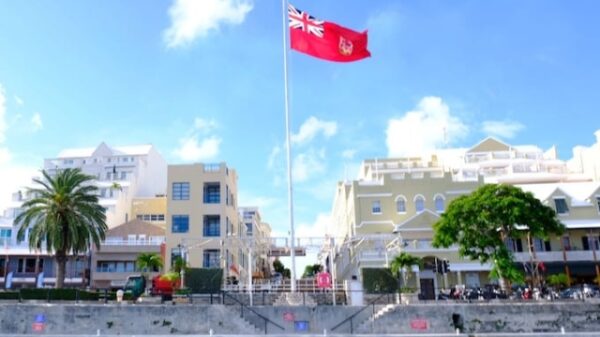


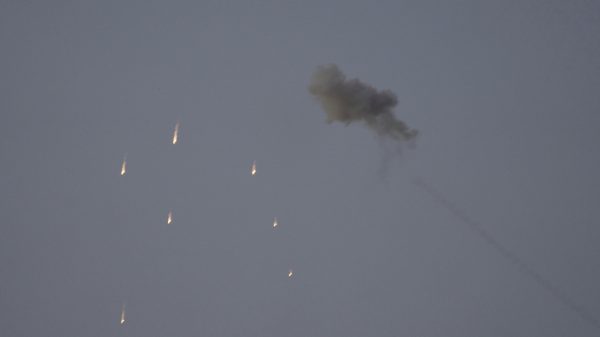





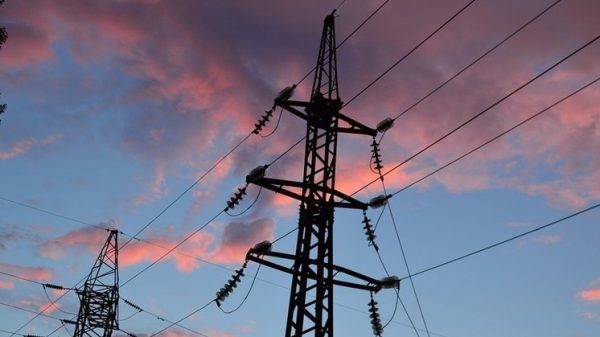
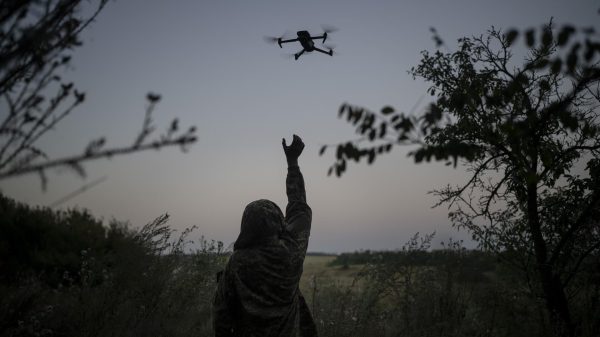
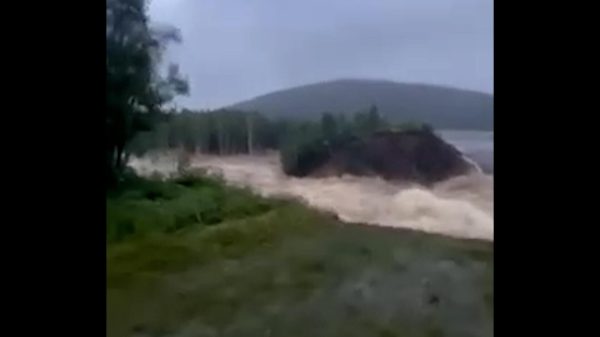
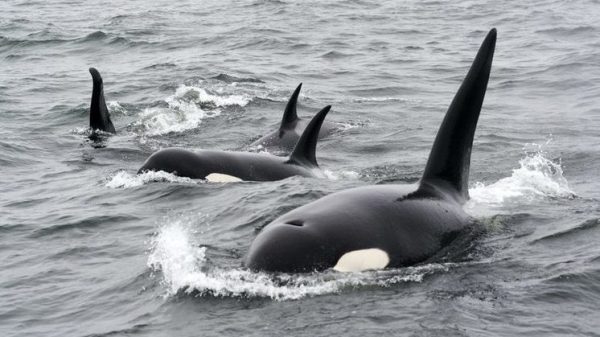


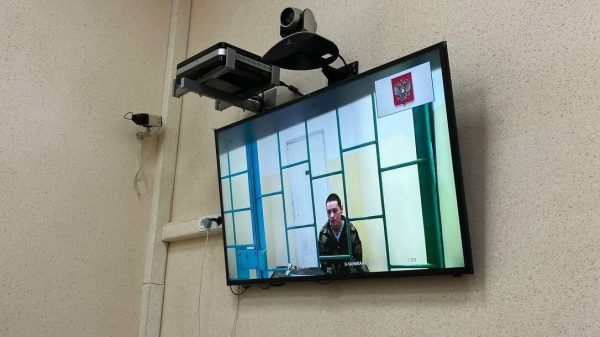

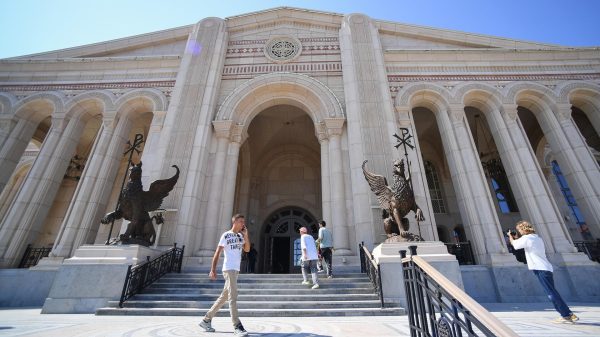
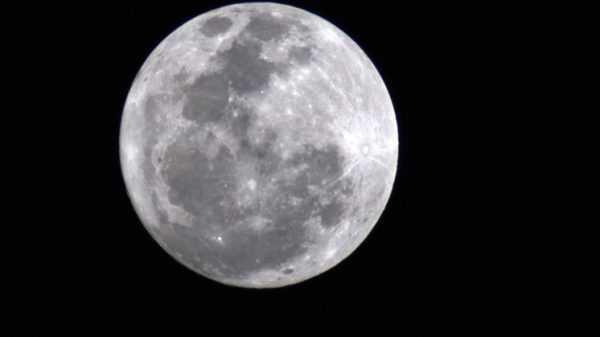
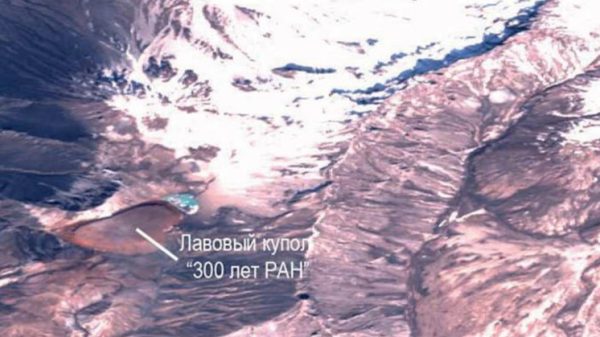

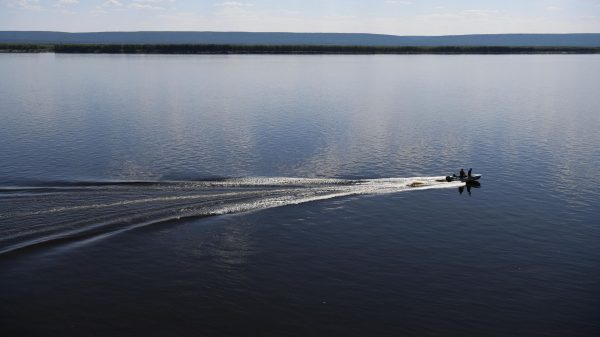

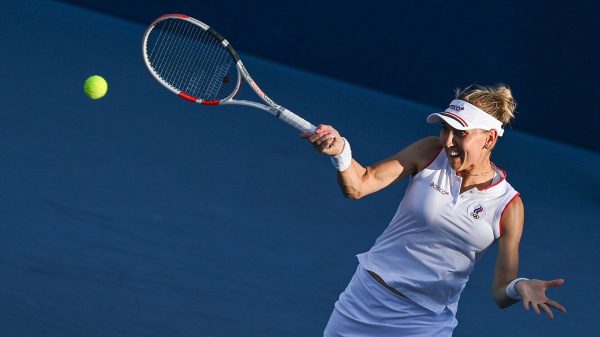









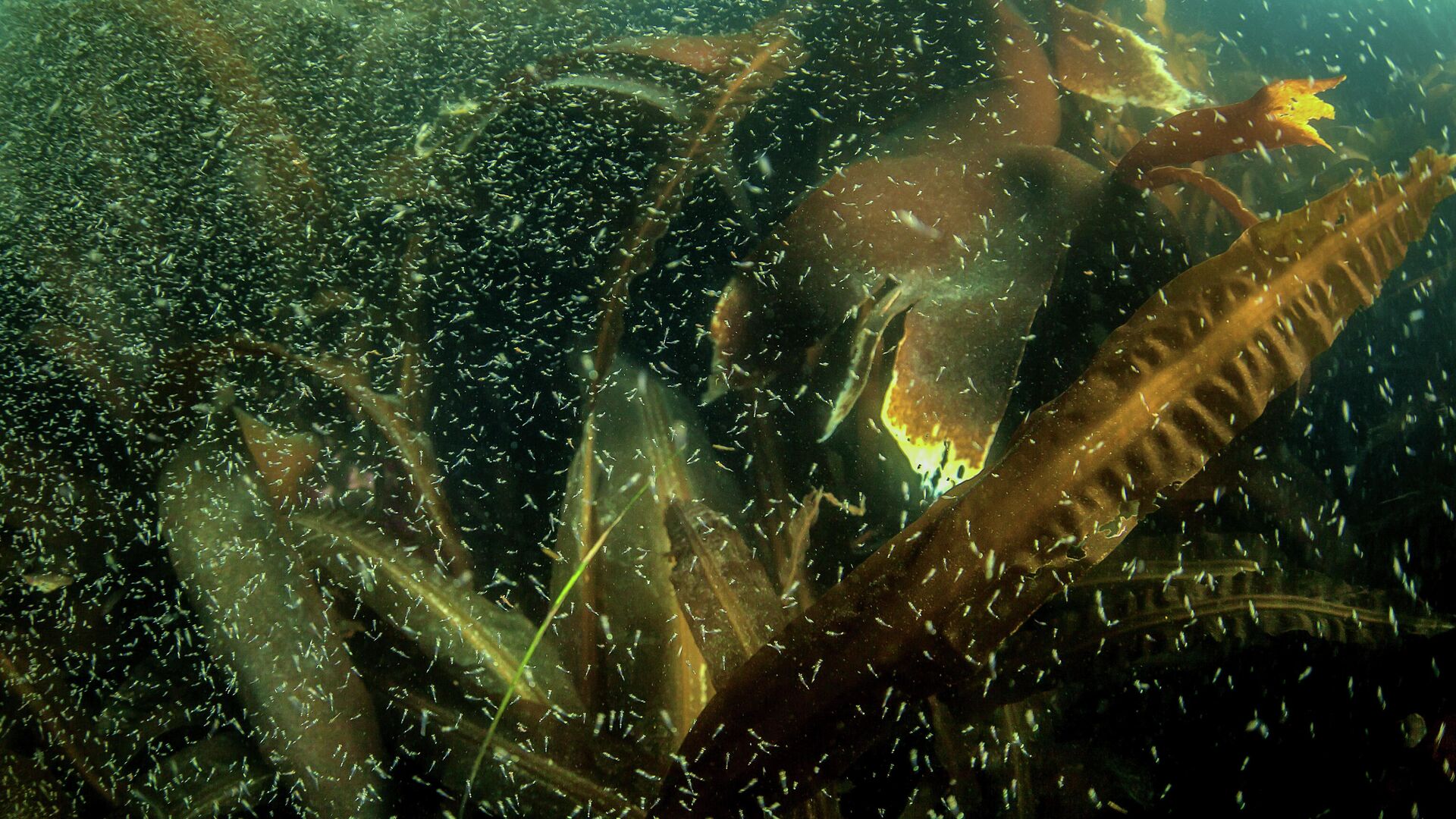





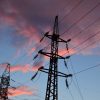
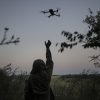
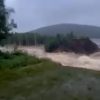
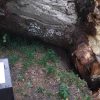








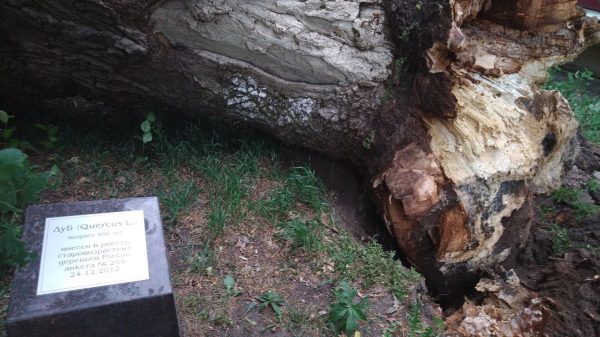

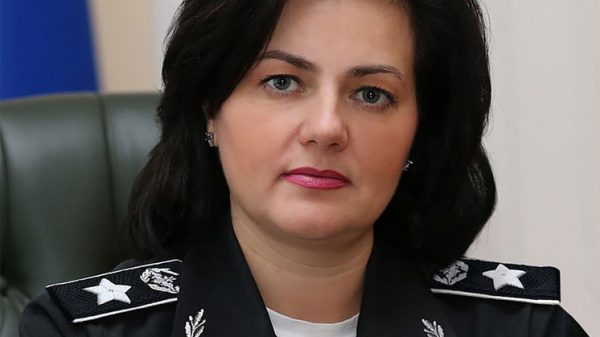
Recent Comments